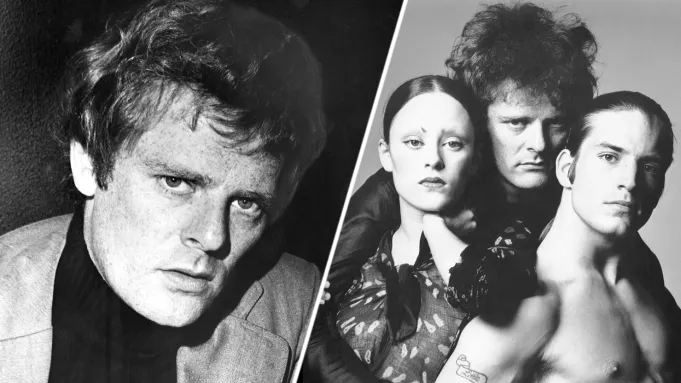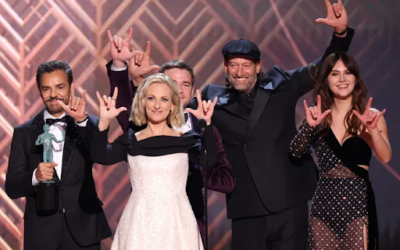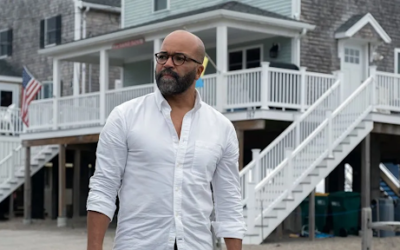In filmmaking, there are often very specific rules that one follows as they work to create a given work of cinema, those that relate to how a narrative or certain technical aspects are handled. When followed carefully, as the majority of mainstream releases tend to do, the resulting film can be something that just about anybody could theoretically appreciate, with both the story it tells and the visuals used to tell it proving strong enough to hold one’s interest throughout the entirety of its running time. These rules, however, are not always mandatory, and there are in fact many films that deliberately break them in order to create something far more unique, if not instantly comprehensible. This is what is known as avant-garde, or experimental cinema: a form of filmmaking that receives its appeal from how those who create it go against the grain and craft their works in unorthodox manners. Avant-garde cinema is hardly anything new; it dates all the way back to the Silent Era (with 1929’s “Un Chien Andalou” perhaps being one of the more famous films made in this particular fashion) and gained a great deal of momentum in later decades. There are several acclaimed filmmakers who built their careers in the avant-garde, one of whom has sadly passed away quite recently at the age of 86; his name is Paul Morrissey, and when looking back on the legacy he left behind, one will find that he left a significant impression of the world of avant-garde cinema.
Morrissey’s life first began on February 23rd, 1938, with his birth taking place in New York City and a good bulk of the life that followed likewise choosing to call the nation’s most populous city home. During his adolescence in the 1950s, Morrissey acquired a 16mm camera and used it to produce his very first batch of short films, and after spending a brief amount of time engaging in service for the United States Army, Morrissey returned to his passion for cinema and operated his own personal film exhibition venue where he would showcase both his films and those made by his closest friends and associates. This was mostly an underground venture however, not the kind that would immediately catapult him to any major success, but luckily for Morrissey, things would begin to turn around for him upon first meeting Andy Warhol, an artist who spread his reach into a wide variety of mediums. Although many perhaps best know him for pop art works like the iconic Campbell’s Soup can painting, Warhol is arguably one of the most important figures in all of avant-garde cinema’s history, so it should come as no surprise that Morrissey meeting him would lead to bigger and better things for the up-and-coming filmmaker. By keeping budgets extremely low and focusing primarily on the multiple distinct subcultures of New York City, Morrissey and Warhol quickly made for a solid partnership, with 1965’s “My Hustler” being the first of their many noteworthy film collaborations.
For these films, Morrissey would often serve as both cinematographer and editor, making him most responsible for both how each shot in the films he and Warhol made looked and how every one of them would be arranged alongside one another. With the actors hired to appear in these films being non-professionals, and the material being mostly improvised rather than scripted, it was usually up to Morrissey to determine what these films would be about through his ambitious approach to both cinematography and editing. This approach would pay off tremendously during the earliest stages of Morrissey’s avant-garde career; his and Warhol’s 1970 film “Trash” quickly became their biggest commercial success to date (relatively speaking, as experimental films are not the kind that typically earn blockbuster-size grosses), and films like 1968’s “Lonesome Cowboys” and 1972’s “Women in Revolt” likewise found dedicated audiences who appreciated what Morrissey and Warhol had concocted together. Sadly, this partnership between them would not last; following 1974’s “Blood for Dracula (aka Andy Warhol’s Dracula), Morrissey and Warhol ended up going their separate ways, with the former, during the later years of his life, downplaying the creative contributions made by the latter (who himself passed away in 1987).
Despite his collaboration with Warhol coming to an end, Morrissey’s career was far from over, as he would continue to make films (some less experimental in nature than others) throughout many of the following decades. These include a 1978 adaptation of the Sherlock Holmes story “The Hound of the Baskervilles”, which starred actors Peter Cook and Dudley Moore as Holmes and his assistant Dr. Watson respectively, and the 1982 film “Forty-Deuce”, which is perhaps best known nowadays as the feature that gave famed actor Kevin Bacon his first major appearance in cinema. His final film was released in 2010 under the title “News from Nowhere”, capping off a cinematic legacy that continues to be cherished by those who consider themselves admirers of avant-garde art.
In addition to filmmaking, Morrissey also proved pivotal to the formation of the avant-rock musical group Velvet Underground, for which he served as a manager for and helped get the careers of nowadays-famed musicians like John Cale and Lou Reed off the ground. The band’s album of the same name, their first ever, famously featured a Warhol painting of a banana on its cover, and despite its initial underperformance (barely making its way into the Billboard 200 in 1967), time has mostly been kind to the band’s debut album, with many in today’s day and age praising it as one of the best of its kind.
Despite choosing to end his work in the early 2010s, Morrissey continued to live a relatively satisfactory life until contracting pneumonia in the later days of October, ultimately passing away in a New York City hospital on Monday the 28th. He is survived by Kenneth Morrissey, his brother, and several other still-living relatives in addition to all those who have discovered and found much to admire in each and every film he’s made. Given all that he’s contributed to the world of avant-garde cinema, it’s safe to say that Morrissey will not be forgotten any time soon.




